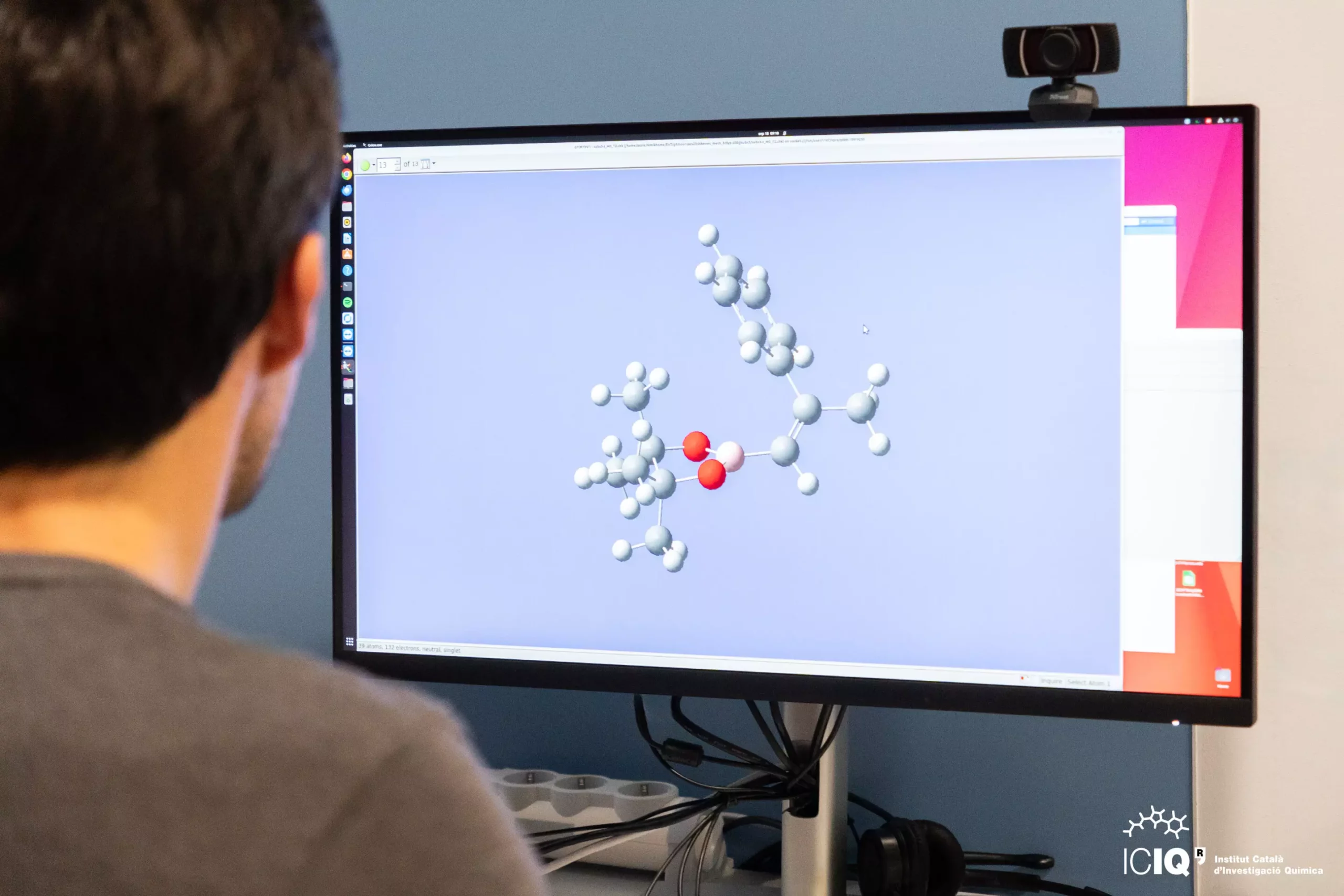The exploration of energy transfer (EnT) processes is burgeoning within the realm of photocatalysis, a field pivotal for harnessing light energy to drive chemical reactions. Two eminent researchers, Dr. Albert Solé-Daura and Prof. Feliu Maseras, have ventured into employing the Marcus theory—a theoretical framework primarily associated with electron transfer kinetics—to analyze and predict the free-energy barriers involved in these energy transfer phenomena. Their work, recently published in the journal Chemical Science, not only introduces a novel perspective on utilizing dated theories but also opens avenues for enhancing computational methodologies in energy transfer research.
Traditionally, Marcus theory has focused on single-electron transfer (SET) kinetics, providing insights into how electrons move between molecular species. Interestingly, EnT processes can be conceptualized as a sequence of two SET events interlinked by the donor and acceptor states. Prior efforts to adapt Marcus theory to model these processes have been sparse, primarily due to the complexity and computational cost associated with advanced modeling techniques.Prof. Maseras and his team challenge this norm by demonstrating that classical Marcus theory, despite its simplifications regarding electronic coupling, can serve as a computationally efficient alternative for estimating EnT barriers, thereby laying the groundwork for a broader application in systematic research.
Innovative Approaches: Asymmetric vs. Symmetric Application
One of the significant breakthroughs emerging from their study is the introduction of an ‘asymmetric’ variant of the Marcus theory. Unlike the traditional ‘symmetric’ model—which assumes similar energy landscapes for both reactants and products, leading to potential inaccuracies—this new approach allows for varying widths in the parabolic energy states. This flexibility significantly enhances the predictive accuracy for the free-energy barriers associated with EnT events, particularly those involving alkene sensitization. As articulated by Prof. Maseras, these innovative modeling strategies enable a more precise understanding of the complex relationships between molecular structures and their respective catalytic activities.
The implications of this research extend far beyond mere theoretical advancements. By achieving a more robust understanding of EnT processes, Dr. Solé-Daura and Prof. Maseras are setting the stage for large-scale computational screenings that will expedite experimental efforts and comprehensive analyses. This could revolutionize the design and optimization of new photocatalytic systems, steering the scientific community toward the creation of more efficient processes that capitalize on the untapped potential within EnT phenomena.
The application of Marcus theory to energy transfer processes heralds a transformative era in computational chemistry, particularly in the dynamic field of photocatalysis. With the traditional complexities of modeling now being countered by innovative and efficient approaches, researchers are poised to delve deeper into the intricacies of energy transfer mechanisms. As highlighted by the project leads, while significant strides have been made, the journey to fully unravel the potential of EnT remains a frontier ripe for exploration—promising exciting developments in sustainable chemical synthesis and energy conversion technologies.

